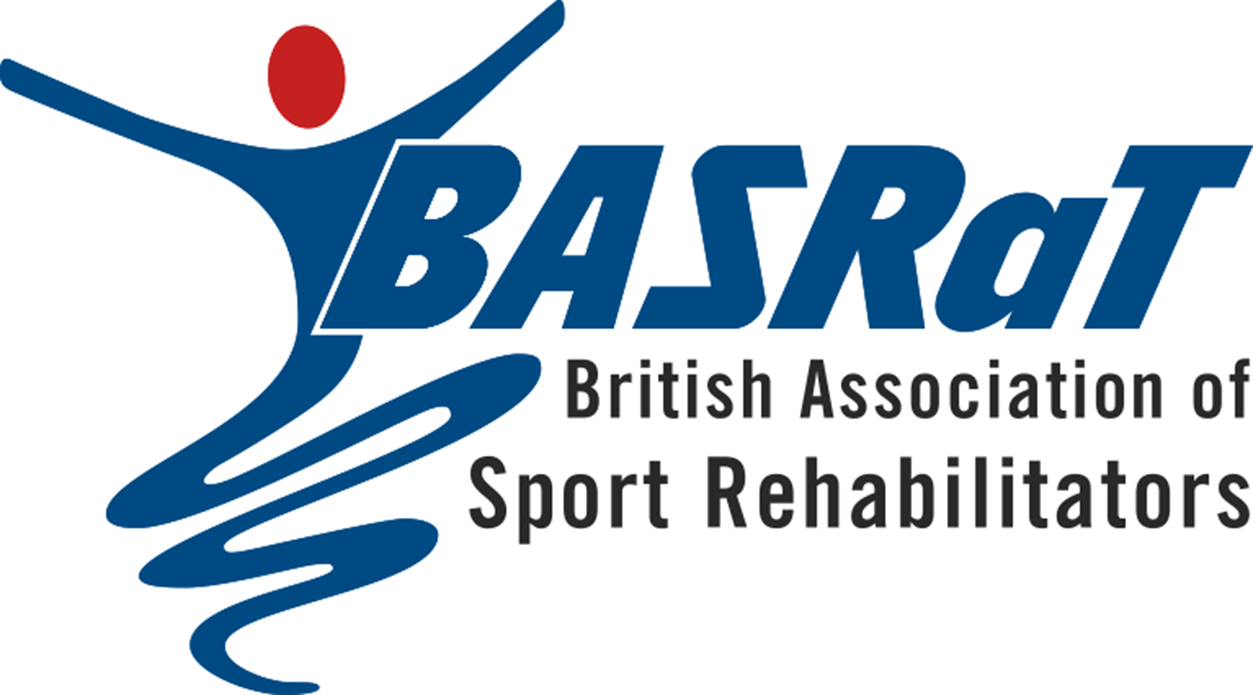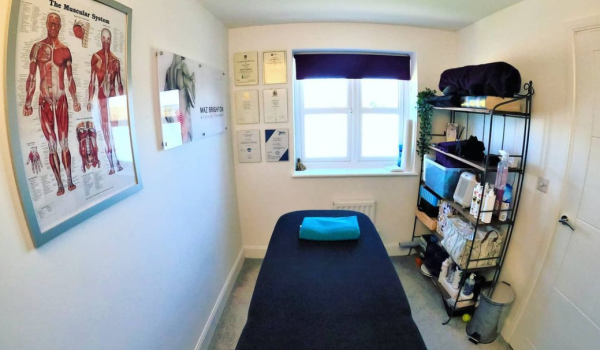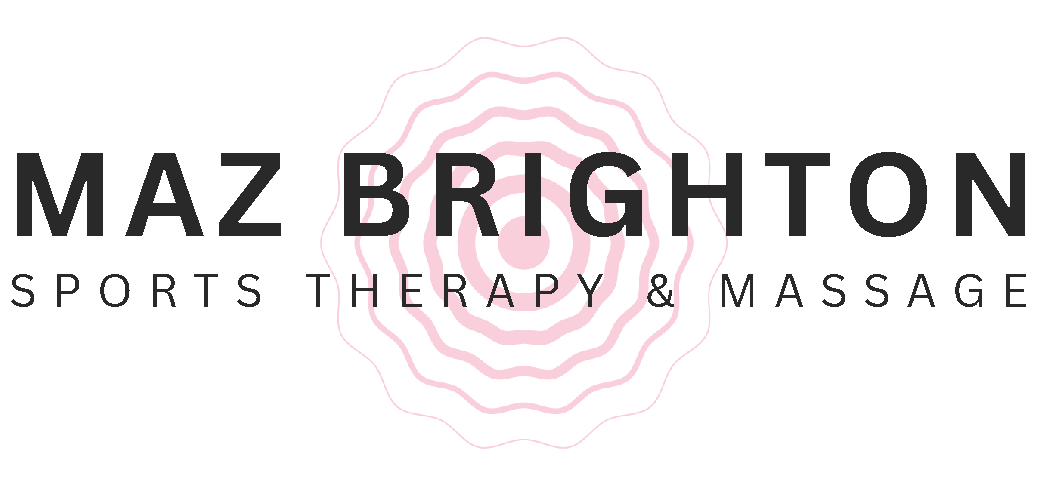Injury Assessment & Rehabilitation
Types of conditions I treat:
- General Musculo-Skeletal Pain
- Pain in Neck, Back, Hips, Knees, Ankles, Shoulders, Elbows, Wrists, Hands
- Sciatica, Nerve pain
- Tendinopathies (Achilles tendinopathy, tennis elbow, golfers elbow etc)
- Muscle tears
- Previous / Old injury
- Muscular imbalances
- Joint Instability
- Management of Chronic Pain conditions
Who should have an Injury Assessment?
For general aches and pains it is sometimes advisable to try sports/deep tissue massage and/or acupuncture initially as often many things do come and go particularly if there is no clear cause. To give an idea of when you would prioritise an injury assessment …
- Experiencing a lingering/reoccurring pain or issue and particularly one that has not been resolved by massage or other treatments.
- A gradual onset of pain/discomfort that has not improved or has worsened over time
- You’ve experienced something pop, go, give way etc.
- If you’ve not received proper physiotherapy post surgery/post injury.

How many sessions are needed?
After an initial assessment you will be given home exercise to address any findings of the session and/or advice on which treatment sessions to book to help you get back to full fitness. Each condition typically varies and therefore you can expect to have a better idea of how many sessions you require after you have had an initial assessment.
Often at least one follow up session is recommended to re-assess your condition and re-assess suitability/efficacy of your home exercise. Many clients may require somewhere around 2-6 follow-ups but this can vary.
As your condition improves and you no longer need appointments or treatment you are not obliged to keep booking appointments. My goal is to get you pain free and functioning in as few sessions as possible so that you don’t need to rely on ongoing treatment. I strive to educate you to better understand any potential causes of your condition, pain management and preventing future onset where possible.
Please contact me if you are unsure what type of session you may need.
Acupuncture & Dry Needling
What Can Acupuncture Help With?
Pain Relief & Management: Alleviate chronic pain (low back, neck, joint pain, osteoarthritis) through enhanced blood flow, reduced inflammation, and natural pain relief.
Faster Injury Recovery: Support healing of musculoskeletal, soft tissue, and overuse injuries, reducing inflammation and accelerating recovery.
Migraines & Headaches: Reduce the severity and frequency of migraines and tension headaches by improving circulation and addressing triggers.
Stress, Anxiety & Tension Relief: Calm the body’s stress response, reduce inflammation, and promote relaxation, improving emotional and physical well-being.
Better Sleep & Increased Energy: Improve sleep quality, fight fatigue, and restore natural energy levels for a more balanced, revitalized feeling.
Range of Movement & Motor Function: Restore flexibility, reduce stiffness, and enhance mobility for better physical performance and comfort.
Menopause & Digestive Support: Manage hot flashes, mood swings, and digestive issues by balancing hormones and supporting digestive health naturally.
Holistic Well-being: Promote overall physical and mental health by harmonizing the body’s systems for improved vitality and balance.
How Many Sessions Will I Need?
For lasting results, most clients start with 1-2 sessions per week for 4-6 weeks. After that, treatments are spaced out based on your progress. Most people start feeling the benefits after 3-4 sessions, but the frequency and duration are tailored to your individual needs.
Acupuncture works best as a cumulative therapy, with results often building over time. It’s recommended to attend at least 4 sessions before deciding on future treatment frequency, as this allows the body time to fully respond and experience the benefits.
Dry Needling Explained
Dry needling may be incorporated during massage or acupuncture sessions to target stubborn trigger points (muscle knots) and relieve tension. These trigger points are areas of over-contracted muscle fibers that can cause pain, limit movement, and lead to imbalances or injury.
By inserting needles into these trigger points, dry needling helps disrupt muscle contractions, improving blood flow and oxygen delivery. This encourages the muscles to relax, stretch, and ultimately resolve the pain.
Dry needling can also enhance the mind-muscle connection, improve muscle activation, and help correct imbalances, improving stability and preventing future injuries.
Relief is often felt after the first session, but for lasting results, it may take a few sessions. Mild soreness after treatment is common, similar to the feeling after a workout. The needles used for dry needling are the same fine needles used in acupuncture.
The Acupuncture Process
During an acupuncture session, around 5-12 fine needles are gently inserted into specific areas of the body and left in place for 20-40 minutes. These needles are virtually painless, and most clients don’t feel them being inserted at all. For those who do feel any sensation, it is most often a mild discomfort, often described as feeling like being flicked, which quickly fades.
As the needles stimulate your body’s natural healing processes, you may experience “De-qi” sensations, such as warmth, mild tingling, a sense of heaviness, or deep relaxation. These sensations are a positive sign that the treatment is working, though they are not required to experience the benefits of acupuncture.
Acupuncture is a relaxing, restorative experience. Many clients report feeling calm, balanced, and rejuvenated after their session, with long-lasting therapeutic effects that promote overall well-being.
How Does Acupuncture Work?
Acupuncture triggers biochemical changes in the body that enhance natural healing abilities, reduce pain, and promote overall well-being. By calming the fight or flight response, acupuncture helps to restore balance within both the body and mind, supporting physical and mental health in a holistic way.
The Benefits of Combining Acupuncture and Massage
Combining massage and acupuncture offers a holistic approach to healing by addressing both the body’s physical tension and underlying energy imbalances. Massage helps to relax muscles, improve circulation, and release stored tension, while acupuncture stimulates the body’s natural healing processes, promoting pain relief and restoring balance. Together, these therapies can enhance relaxation, accelerate recovery, and support long-term well-being.
60- and 90-minute combination sessions are available, with each session customized to meet the specific needs of the client.
Sports / Deep Tissue Massage
Who should have Massage?
Sessions are tailored to the client with techniques and pressure appropriate to achieve your goals. Sports and deep tissue are considered interchangeable terms and should not discourage people from seeking treatment. Massage is for everyone, young and old, from athletes to sedentary.
Deep tissue massage involves a combination of techniques to apply deep pressure with the therapist using fingers, thumbs, knuckles, elbows & forearms. This manipulation and mobilisation works the soft tissue including muscles, ligaments, fascia and tendons for therapeutic benefit.
Sessions may include a combination of treatment including – Theragun (Percussion Therapy), Warm Bamboo, Dry Needling, Soft Tissue Release, Trigger Point Therapy, PNF Stretching and Dry Vacuum Cupping. (Dependant upon the goals of treatment, combinations may be recommended)
Massage appointments can be 30, 60 or 90 minutes long. For advice on durations please see a description of each under prices.

Benefits of Massage
This style of massage is often considered by many to be the most effective in relieving pain and discomfort in the muscles as well as…
- Improving Mobility / Flexibility
- Pain Relief
- Quicker Recovery
- Improved Circulation
- Improved Injury Recovery
- Reduced Cramping/ Improved Tissue Health
- Relaxation and wellbeing
How often?
Initially, if aches and pains have been building for a long time, then it is best to have 2 or 3 sessions within quicker succession (1-2 weeks between appointments). Once things feel mostly resolved then many switch their frequency to monthly appointments, however, this may be more or less frequent depending on your lifestyle and other factors. If you need any advice please contact me

